
The British Army is the principal land warfare force of the United Kingdom, a part of British Armed Forces. As of 2018, the British Army comprises just over 81,500 trained regular (full-time) personnel and just over 27,000 trained reserve (part-time) personnel.
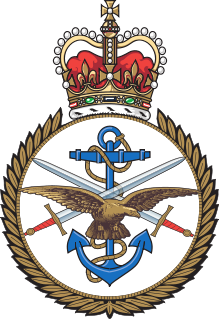
The British Armed Forces, also known as Her Majesty's Armed Forces, are the military services responsible for the defence of the United Kingdom, its overseas territories and the Crown dependencies. They also promote Britain's wider interests, support international peacekeeping efforts and provide humanitarian aid.
Crusader or Crusaders may refer to:
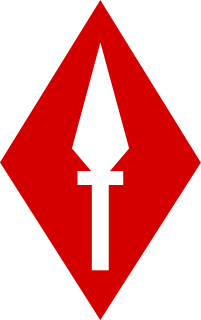
I Corps was an army corps in existence as an active formation in the British Army for most of the 80 years from its creation in the First World War until the end of the Cold War, longer than any other corps. It had a short-lived precursor during the Waterloo Campaign.
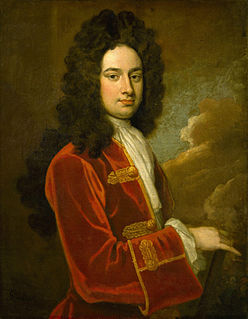
James Stanhope, 1st Earl Stanhope was a British statesman and soldier who effectively served as Chief Minister between 1717 and 1721.
A commissariat is a department or organization commanded by a commissary or by a corps of commissaries.

II Corps was an army corps of the British Army formed in both the First World War and the Second World War. There had also been a short-lived II Corps during the Waterloo Campaign.

III Corps was an army corps of the British Army formed in both the First World War and the Second World War.

The Canadian Expeditionary Force (CEF) was the designation of the field force created by Canada for service overseas in the First World War. The force fielded several combat formations on the Western Front in France and Belgium, the largest of which was the Canadian Corps, consisting of four divisions. The Canadian Cavalry Brigade and the Canadian Independent Force, which were independent of the Canadian Corps, also fought on the Western Front. The CEF also had a large reserve and training organization in England, and a recruiting organization in Canada. In the later stages of the European war, particularly after their success at Vimy Ridge and Passchendaele, the Canadian Corps was regarded by friend and foe alike as one of the most effective Allied military formations on the Western Front. In August 1918, the CEF's Canadian Siberian Expeditionary Force travelled to revolution-torn Russia. It reinforced an anti-Bolshevik garrison in Vladivostok during the winter of 1918–19. At this time, another force of Canadian soldiers were placed in Archangel, where they fought against Bolsheviks.

No. 666 Squadron was a Royal Air Force Air Observation Post (AOP) squadron associated with the Canadian 1st Army and later part of the Royal Auxiliary Air Force. Numbers 651 to 663 Squadron of the RAF were Air Observation Post units working closely with British Army units in artillery spotting and liaison. A further three of these squadrons, 664–666, were manned with Canadian personnel. Their duties and squadron numbers were transferred to the Army with the formation of the Army Air Corps on 1 September 1957

ABCANZ Armies is a program aimed at optimizing interoperability and standardization of training and equipment between the armies of the United States of America, United Kingdom, Canada, Australia, and New Zealand, plus the United States Marine Corps and the Royal Marines. Established in 1947 as a means to capitalize on close cooperation between the United States, United Kingdom, and Canada during World War II, the program grew to include Australia and New Zealand.

The Deseret Test Center was a U.S. Army operated command in charge of testing chemical and biological weapons during the 1960s. Deseret was headquartered at Fort Douglas, Utah, a former U.S. Army base.

The 155th Brigade was an infantry brigade of the British Army that saw active service in both World War I and World War II. Assigned to the 52nd (Lowland) Division, the brigade saw active service in the Middle East and on the Western Front during the First World War. During the Second World War, now the 155th Infantry Brigade, it continued to serve with the 52nd Division in Operation Dynamo, and later in North-western Europe from late 1944 until May 1945.
The North Midland Brigade was an infantry formation of Britain's Volunteer Force from 1888 to 1908.
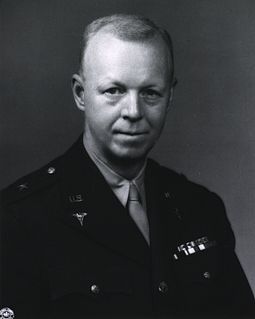
Stanhope Bayne-Jones, M.D. was a physician, an American bacteriologist, a medical historian and a United States Army medical officer with the rank of Brigadier General.
The War Agricultural Executive Committees were government-backed organisations tasked with increasing agricultural production in each county of the United Kingdom, during both the First and Second World Wars. They were established in Autumn 1915 by the 2nd Earl of Selborne in a collaboration between the Board of Agriculture and County Councils, with the aim of better managing the country's limited wartime agricultural resources.
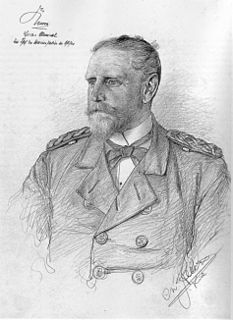
Imperial German plans for the invasion of the United Kingdom were first conceived in 1897 by Admiral Eduard von Knorr, commander of the Imperial German Navy, against a background of increasing Anglo-German rivalry and German naval expansion. Acknowledging the inferiority of the small German fleet, his concept called for a preemptive strike against the Royal Navy to establish temporary naval supremacy. This would be followed by an immediate landing, before British naval reinforcements re-established command of the sea. Subsequent studies determined that the shortest possible sea-crossing would be a prerequisite for success, requiring the use of port facilities seized in Belgium and the Netherlands to embark the expeditionary force. Reconnaissance of the English east coast was completed and potential landing sites in East Anglia were selected.
The Clyde Brigade was a Scottish infantry formation of Britain's Volunteer Force from 1888 to 1902.
The Glasgow Brigade was an infantry formation of Britain's Volunteer Force from 1890 to 1902. It was the forerunner of two formations of the Territorial Force that saw service in both World Wars.
The Forth Brigade was a Scottish infantry formation of Britain's Volunteer Force from 1888 to 1902.
















